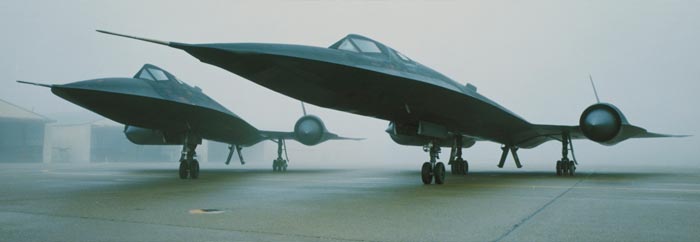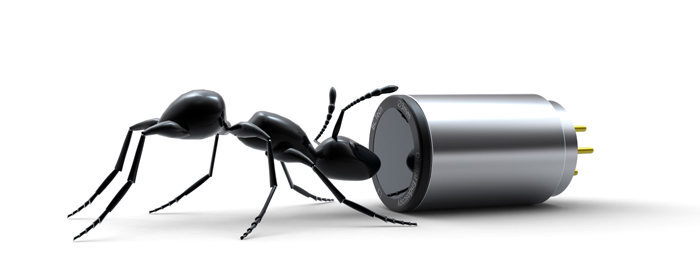
Clarence "Kelly" Johnson would have celebrated his 100th birthday three days ago if he still was with us, his name is pretty well known to anyone with an interest in aviation. He founded the legendary 'Skunk Works' department for Lockheed that designed under his command innovative and revolutionary aircraft like the U-2, F-104, SR-71 (photo above), F-117 and more. Apart from aeronautics he is famous for his administrative work and method that is mostly summarized by his motto: "Be quick, be quiet, and be on time." He also established a set of 'rules' that formed the modus operandi of his department and although specific in some areas, could be useful even today in a broad spectrum of fields. The rules first appeared when Skunk Works was working on the XP-80 in 1943 and were officially established in the early '50s.
Read more ..

Two years ago when Williams F1 was preparing for the 2009 season it bought a small company named Automotive Hybrid Power Ltd in order to co-develop its KERS system. The company renamed as
Williams Hybrid Power and the kinetic energy storage system that it designed may never raced in Formula 1 but it now faces a much wider potential of various uses. The first one is the hybrid powertrain of the new
Porsche GT3R Hybrid.
Read more ..

This could be either the a really large ant or a very small camera. Fortunately it is the latter and with a diameter of only 3mm the
Video Scout camera is around 5 times smaller than most medical endoscopic cameras. It combines very good image quality and low cost. It is designed from
BC Tech inc. and it will be sold as a module for various applications.
Read more ..

Hurricanes may be spectacular from space but they cost many lives and cause serious damages. They are considered a force of nature that is inevitable and all we can do is minimize the damage. However there is an almost crazy idea by
Dr. Arkadii I. Leonov from the University of Akron that wants to change all that. Dr. Leonov suggest with several patents he filled from 2007 that hurricanes can be stopped with the use of several supersonic aircrafts.
Read more ..

Genetic Algorithms are very useful in resolving abstract problems without any obvious (or any at all) analytical solutions. This replica of the infamous Leonardo Da Vinci's Mona Lisa is made from a quite simple evolution code wrote by
Roger Alsing which with only a population of two replicates an image using only 50 reconfigurable semi transparent polygons.
The code follows this simple procedure as indicated on Roger Alsing's link:
0) Setup a random DNA string (application start)
1) Copy the current DNA sequence and mutate it slightly
2) Use the new DNA to render polygons onto a canvas
3) Compare the canvas to the source image
4) If the new painting looks more like the source image than the previous painting did, then overwrite the current DNA with the new DNA
5) repeat from 1
The restriction is the use of only 50 semi transparent polygons.
Read more ..






